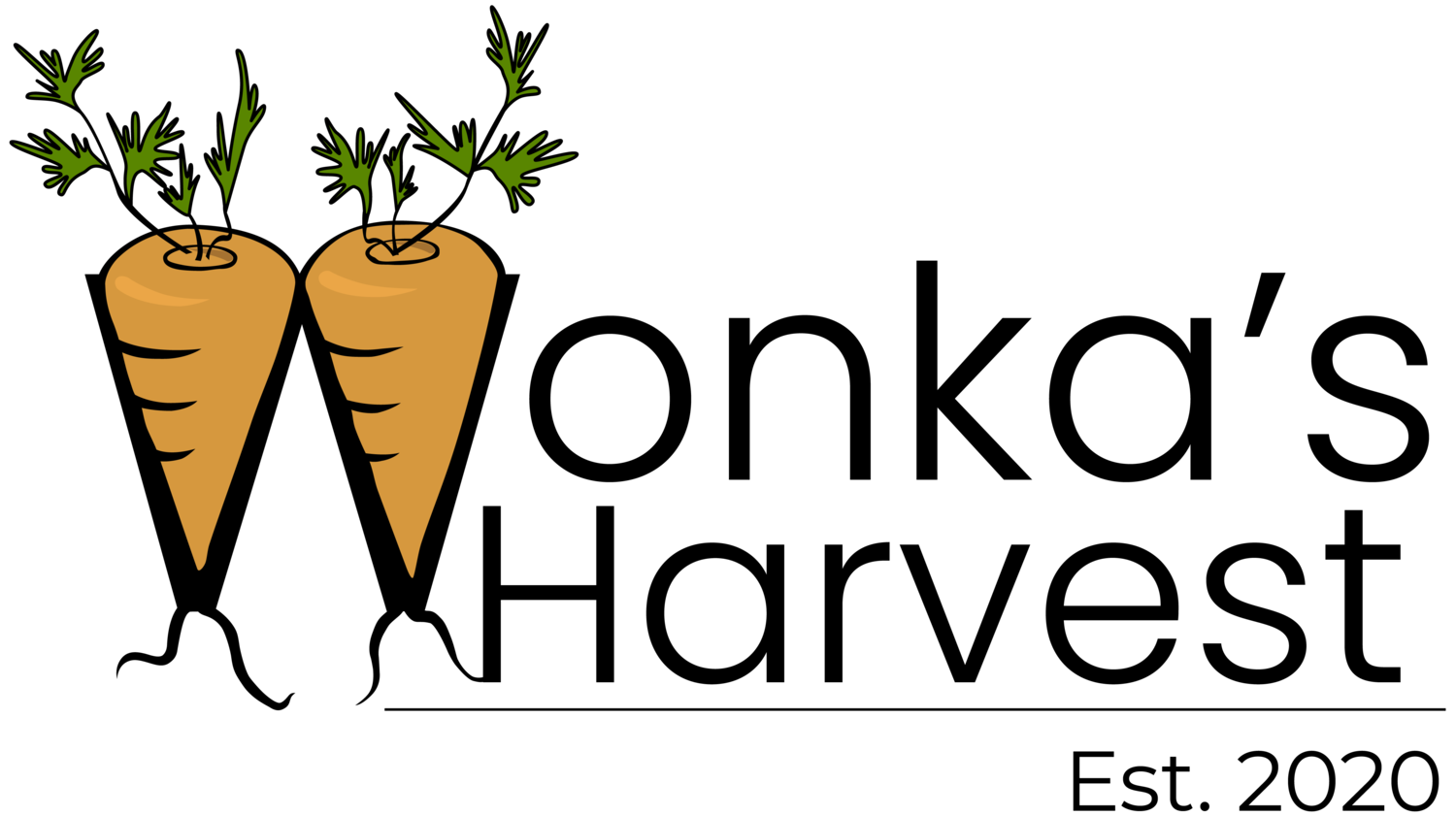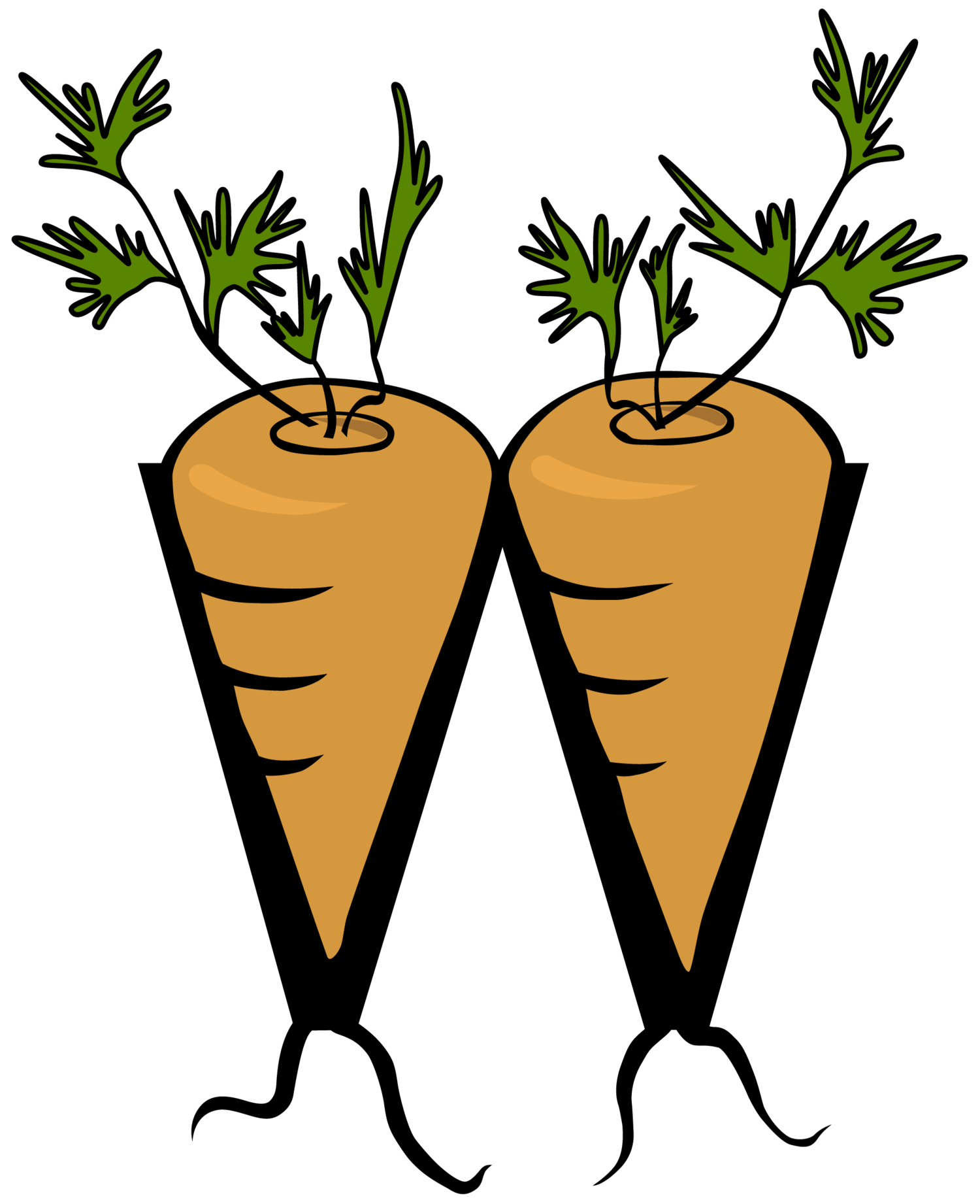Insects are Friends, not Foes!
Patty Grimmer | Co-founder
I have always enjoyed studying tangible things over the abstract and non-physical. Because of this and my love for the natural world, I pursued degrees in environmental science and environmental education. Among my favorite courses have been zoology, dendrology, and ornithology. Studying the diversity of life is something quite like magic for me - from behaviors of specific species, to their physiology, and to the larger phylogeny that has brought us our modern day life. In studying this, it's easy to recognize the complexity and the interconnectedness of the natural world. Even though survival is sometimes cruel and merciless, a beautiful symbiosis exists on this planet because of its harmonic balance of diversity.
Swamp milkweed leaf beetle on a milkweed plant, photo by Patty Grimmer
While the linkage between my academic background and my career choice of becoming a farmer may not appear obvious, it deeply aligns in my mind. Currently, we are riding wave of our Anthropocene extinction, or the extinction caused by humans, or “anthropos” in Greek. Though heavily debated by geologists and environmentalists on whether we are in fact living in a new epoch defined entirely by our destructive impact, more scientists than not agree that we are driving a global mass extinction. Because life requires balance, we know that the by-product of extinction is more extinction. While there is some acknowledgment that our impact as humans is driving this 6th mass extinction, I feel we are failing to associate the consequences of this as jeopardizing our own sustainability on this planet. So, not only is it my responsibility as a farmer to grow vegetables to feed humans, I also have the responsibility of applying my understanding of nature and restoring the very diversity that is humanity’s life support as we produce food on our farm.
And that brings me to entomology, or the study of insects. Insects are misunderstood for a lot of reasons, but the class insecta dominates for the sheer number of species alone. To date, about 1 million insect species have been catalogued and entomologists estimate the actual number to be anywhere between 5 million to 30 million species. Comparatively, there are just about 6,000 total mammal species catalogued. What is most important in this context is that insects are critical for our global food security and ecosystem resilience. As many of us are aware, many insects provide the service of pollination - which is an essential service that regulates and supports ecosystem functioning. Pollination links earth’s flora and fauna and maintains balance in our hierarchy of food systems.
Eastern tiger swallowtail on wild phlox, photo by Patty Grimmer
Think about all of the food crops that you like that depend on insect pollination. Here are just a few things that come to mind: we’ve got our melons, cucumbers, pumpkins, squashes, apples, peaches, kiwis, mangoes, avocados, plums, pears, cherries, cocoa, coffee, raspberries, blackberries, cranberries; nut crops, such as almonds, cashew nuts, and macadamias; edible oil and proteinaceous crops, such as canola, sunflower and turnip rape; and spices and condiments, such as vanilla, coriander, cardamom and fennel (Maxim and Van der Sluijs., 2013). All of these products will be scarcer and cost you much more with the continued decline in our six-legged friends that pollinate these plants and crops. And you thought your Starbucks’ almond milk latte was already too expensive…
Food production is not the only activity dependent on pollinators. Many other industries and resources rely on insect pollinators as well. Ornamental plants, fibre, fodder, biofuels, timber, and pharmaceuticals all depend on insect pollinators (et al., 2013). All of the cotton we depend on for clothing, the feed we depend on animals to eat in order to have leather, and major phytopharmaceuticals we depend on, such as Cinchona which treats malaria all require pollination. Pollinated products also improve the quality, shelf life, and commercial value of crops (Klatt et al., 2014).
Achim Steiner, former director of the UNEP, put it quite simply, “the way humanity manages or mismanages its nature-based assets, including pollinators, will in part define our collective future in the 21st century.” As dramatic as that statement might seem, our management of insects is a conservation priority not only for the insects themselves, but for us as well.
Drawing by: Laura Corcoran
Holistic stewardship of insect habitat, foraging, and nesting is therefore something that needs to exist in a symbiosis with agriculture. We need to stray away from monocultures of crops that are being sprayed both by harmful herbicides and insecticides. Approximately 98% of insecticides and 95% of herbicides used for agricultural purposes reach destinations other than their targeted species (Miller, 2014) - wiping out native diversity. This is why it is critical to foster food production that mimics natural landscapes of grasses, shrubs, flowers, trees, and weeds - yes, I did say weeds. Dandelions, clover, and birdsfoot trefoil are all examples of weeds that are seasonal floral blooms that insects’ perennial life cycles are synchronous with. For this reason, we need to have a diversity of plants that flower at different stages throughout the year to support all of our beneficial insects.
Beneficial insects fall primarily into three main categories in the context of vegetable production. We have our pollinators, like our honey bees, butterflies, and flies, that transport pollen from a male anther to a female stigma so that the plant can reproduce and bear fruit. Then we have our predators that eat insects that would otherwise eat our vegetable crops. And then thirdly, we have our parasitizers. Unlike predators that just eat the “pests,” parasitizers lay their eggs on or in the host insect and their larvae feed on that insect. Replace the chemical pesticides with diverse ecosystems that support the beneficials - they’ll do the job of pest control for you!
The pollinator that everyone thinks of: our friendly bumble bee on white-panicle aster, photo by Patty Grimmer
The predator that everyone thinks of: spiders! This beauty is an orbweaver and helps manage all sorts of flying pests! Photo by Patty Grimmer
The little white tic tac looking things are the parasitizers! They are the larvae of a parasitic wasp that had injected the tomato hornworm with its babies. The larvae will then eat the tomato hornworm until they transition into their adult stage. Photo by M.J. Raupp.
But this is also a predator: our dragonflies! This twelve-spotted skimmer is among hundreds that popped out from our pond this past summer. Photo by Patty Grimmer
Last summer, we built a rain garden that captures excess water with perennials. We planted coneflowers, prairie blazing star, wild bergamot, butterfly weed, lavender, ornamental allium, and big bluestem. This past fall, we were able to seed our grasslands with native seed harvested from a number of remnant prairies within 30 miles of our farm. Among the seeds we gathered and planted are goldenrod, coneflowers, purple prairie clover, asters, vetch, spiderwort and blazing star.
The valley where we hand dispersed harvested seeds of prairie flowers and native grasses, photo by Patty Grimmer
Monarch caterpillar on butterfly weed, photo by Patty Grimmer
Rain and perennial garden extension, photo by Patty Grimmer
For this upcoming season, we will be intercropping beneficial flowers and herbs into our vegetable garden. We will be planting plants with compound blossoms, like our lavender, dill, fennel, and lemon balm. We will be planting a variety of flowers, like marigold, borage, calendula, alyssum, amaranthus, scabiosa, cosmos, sunflower, and zinnia. This diversity in vegetation will help attract not only the pollinators but the beneficial insects like ladybugs, lacewings, spiders, ground beetles, hoverflies, and parasitic wasps that help to keep the destructive insect populations down.
Solutions to secure our fragile food system should be linked with conservation efforts to restore the global insect decline. Providing habitat, foraging, and nesting areas for insects should not be an afterthought to farming instead viewed as a mutualistic partnership in exchange for their services. Though this particular argument focuses on the rationale that protecting insects also protects our future, I firmly believe that insects have intrinsic value that warrants protective strategy alone. I also neglect to argue for the cultural and spiritual valuation of insects, though these are extensive and should be well considered in building holistic conservation approaches.
Pandora sphinx moth, photo by Patty Grimmer
I hope that this has helped to either 1) confirm your belief that insects are super cool, or 2) readjust your perceptions that insects aren’t super cool. These six-legged creatures are the most efficient decomposers, they control pests, pollinate, disperse seeds, and carry viruses, bacteria, and protozoa that contribute to maintaining the harmonic balance of life that supports you! So reconsider spraying that insecticide or herbicide in your yard and plant native vegetation to help our friends!
Hap-BEE insecting!
(a foreshadowing to our future in beekeeping? perhaps!)
Sources:
Klatt, Björn K., et al. (2014). Bee pollination improves crop quality, shelf life and commercial value. Proceedings. Biological sciences / The Royal Society.
Maxim, Laura, and Jeroen P. van der Sluijs. (2013). Response to the Bayer Cropscience (Richard Schmuck) comments on the chapter. In Late lessons from early warnings II: bee decline web debate, ed. European Environment Agency, 8–20.
Miller, G. T. (2004). Sustaining the Earth: An Integrated Approach. Brooks/Cole.












